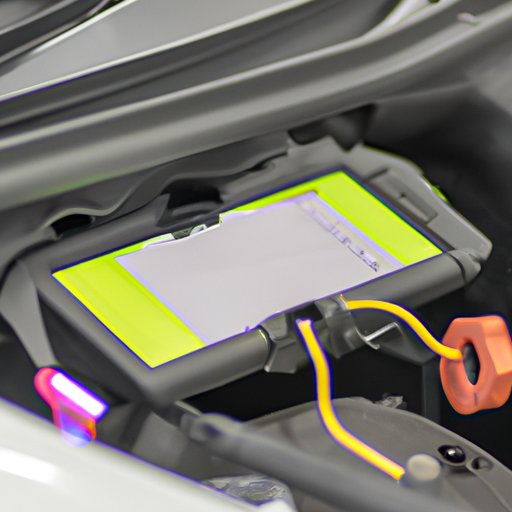How to Easily Identify a Bad Wheel Speed Sensor
Vehicle safety is of utmost importance, and one of the essential safety features in a car is the ABS (Anti-lock Brake System). The ABS system requires accurate input data from wheel speed sensors to work correctly. When one or more of these sensors malfunction, it affects the ABS system and puts the vehicle’s safety at risk. As such, it is critical to know how to determine which wheel speed sensor is bad to ensure your car remains safe, and you don’t incur unnecessary costs. Here’s a guide on how to identify a faulty wheel speed sensor.
Visual Inspection
Before using any diagnostic tools, the first step is to inspect the sensor visually. Inspect each sensor’s physical appearance for any signs of damage or fraying in the wires leading to the sensor. The sensor is located in the vicinity of each wheel and looks like a small black box with a cable coming out of it. Check for any physical damage to the sensor or the cable leading to it.
If any physical issues are evident, address them before moving on to the next step. Failure to address physical issues can result in inaccurate or false diagnostic results.
Diagnostic Scan Tool
If there are no visible physical issues with the sensor, a diagnostic scan tool is the next step. A scan tool helps identify which sensor is not working optimally. Begin by plugging the diagnostic scan tool into the OBD-II port under the dashboard. Next, turn on the ignition and wait for the scan tool’s prompts.
Select the option to scan the ABS system and read the codes displayed. The codes will reveal which sensor is not functioning well. This method provides accurate results, and it is the preferred method by most mechanics.
Electrical Testing
For the DIY mechanics, using an ohmmeter or multimeter to test electrical continuity through each sensor is another option. Begin by connecting the ohmmeter’s leads to each end of the sensor’s cable. The multimeter’s display should read a value of between 800 – 2000 ohms.
If the reading is higher or lower than the specified range, it indicates that the sensor is problematic. Repeat the test on all four sensors and compare the results. The aim is to identify the sensor with the most significant deviation from the standard values.
Road Test
A quick road test is another way to observe the ABS system’s behavior and determine which sensor is causing the issue. Begin by finding an open and safe place to drive around for a few minutes. Ensure there are no obstacles in the way.
Next, start driving, and as you do, pay close attention to how the ABS behaves. You’ll notice the ABS engaging momentarily as you apply the brakes. If a particular sensor is faulty, the ABS will malfunction, causing the braking system to behave differently when you apply the brakes. Repeat the test for all four wheels to determine the faulty sensor’s exact location.
Component Swap
The final diagnostic method is to swap sensors between wheels and observe how the ABS system behaves. This method is useful in cases where the ABS system is indicating all sensors as defective. The aim is to see if the problem follows the sensor to the new location or remains the same.
Begin by swapping the two front sensors and driving around for a few minutes. If the problem changes location, it indicates that the sensor you moved to the new location is faulty. Repeat the test for the rear sensors to determine which is faulty.
Conclusion
In conclusion, a faulty wheel speed sensor can be detrimental to your car’s safety. It is therefore crucial to identify the problematic sensor early and address the issue promptly. The methods discussed in this article are a combination of professional and DIY techniques that can help you easily identify which wheel speed sensor is faulty. Regularly inspecting the sensors’ physical appearance and using diagnostic scan tools and electrical testing can help you get to the root of the problem. A quick road test and component swap can help confirm the faulty sensor’s location. Remember, prompt action is crucial to ensure your ABS system functions correctly and maintain your vehicle’s safety..
